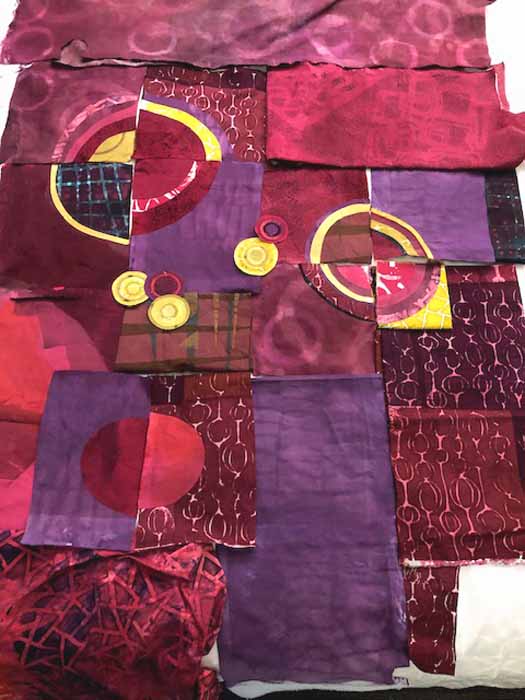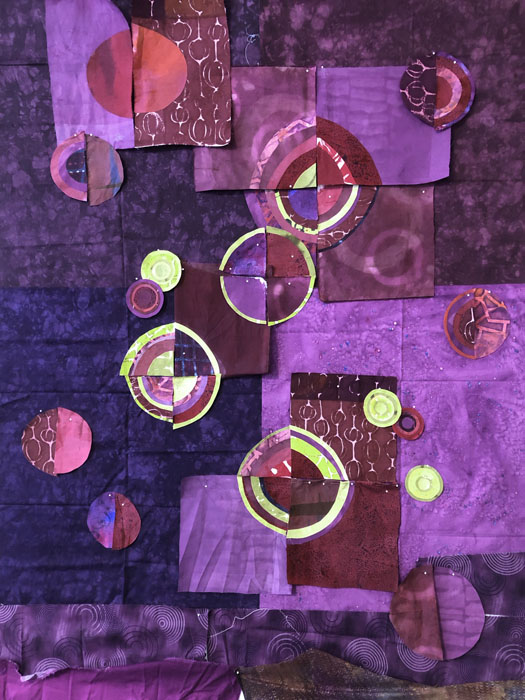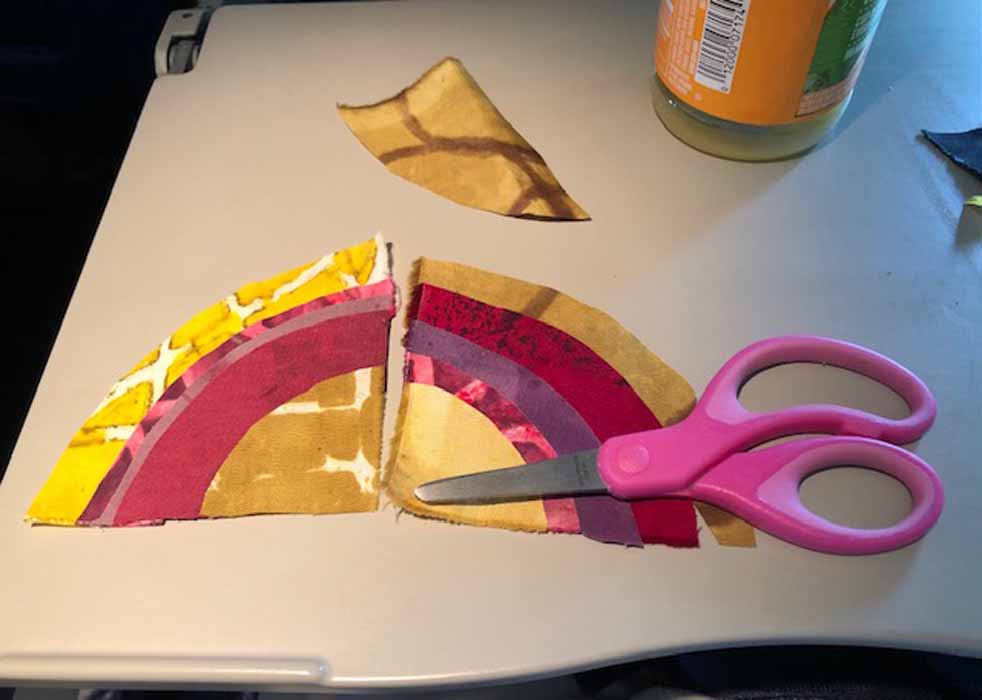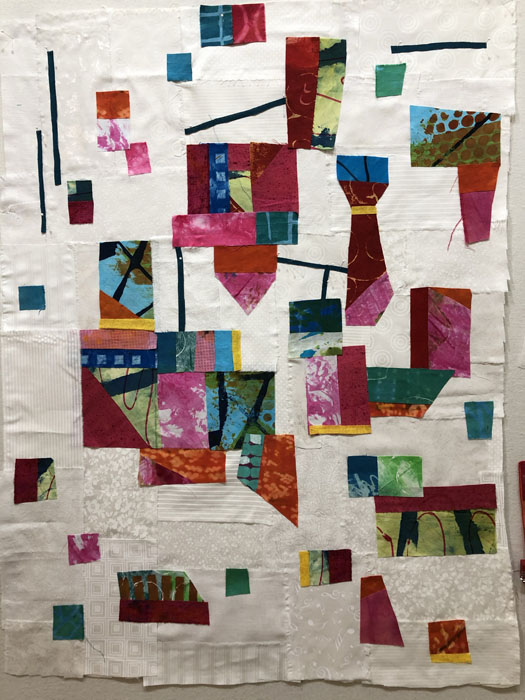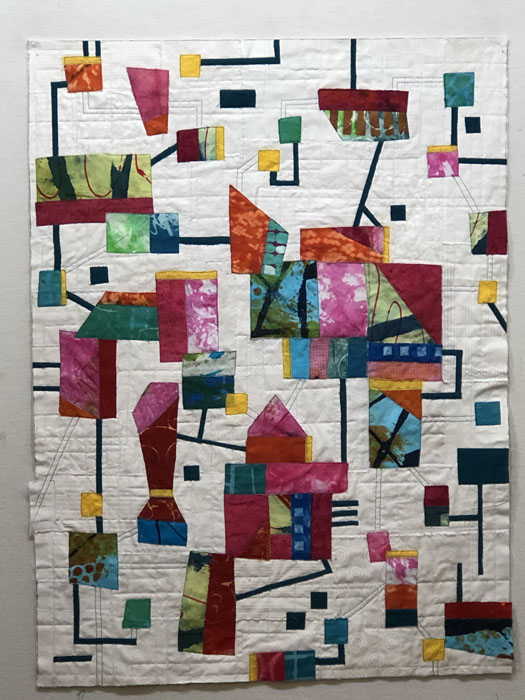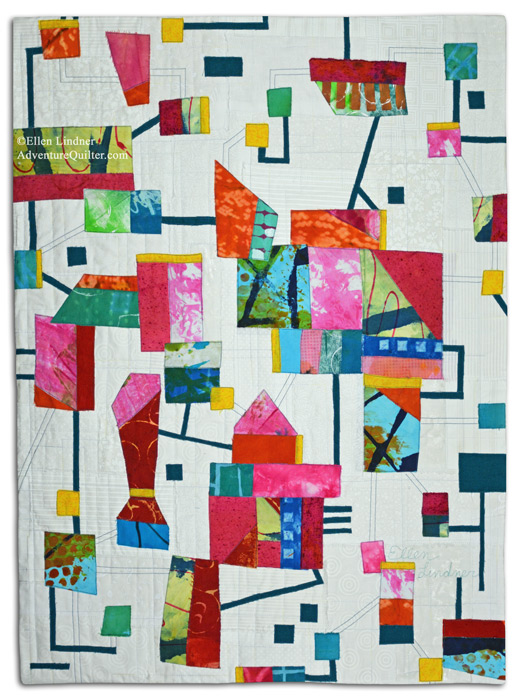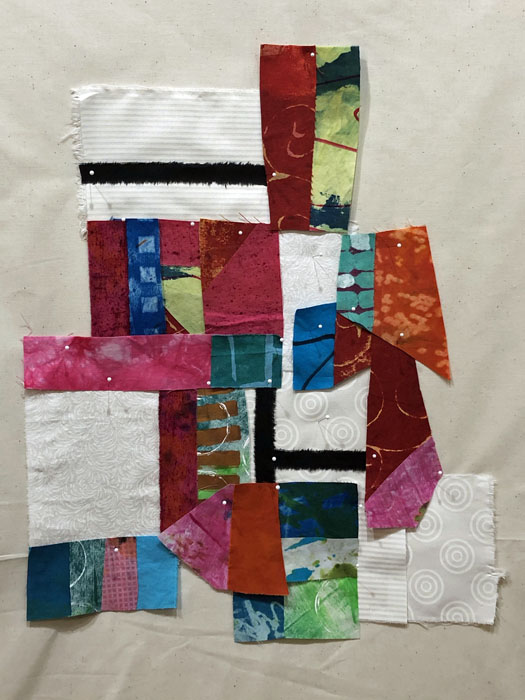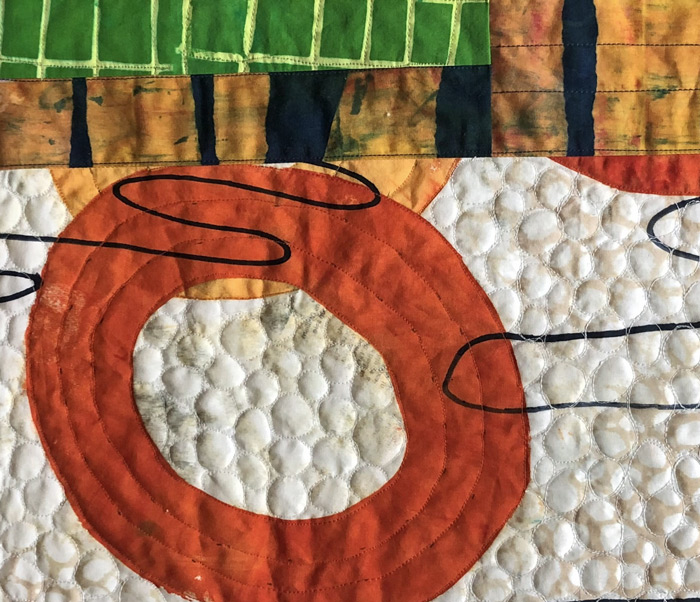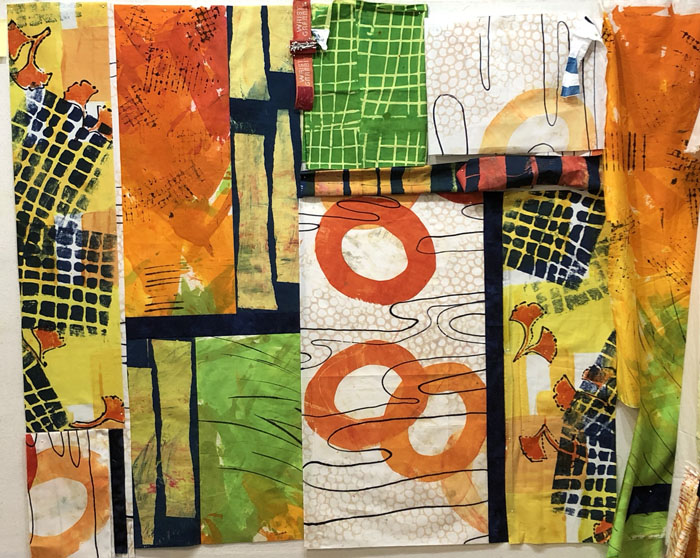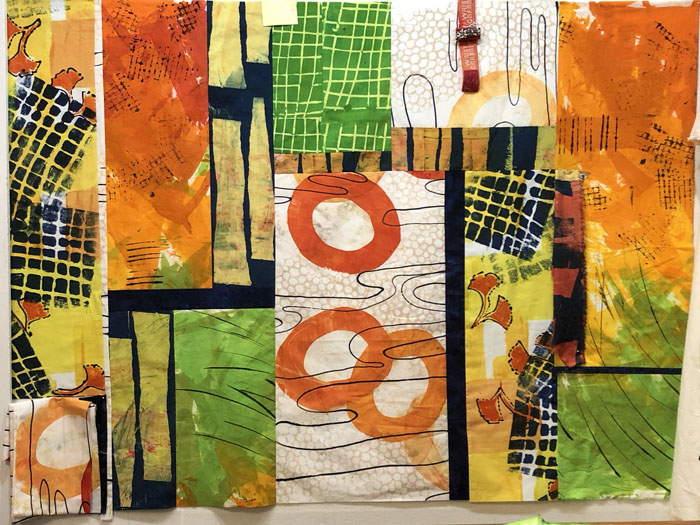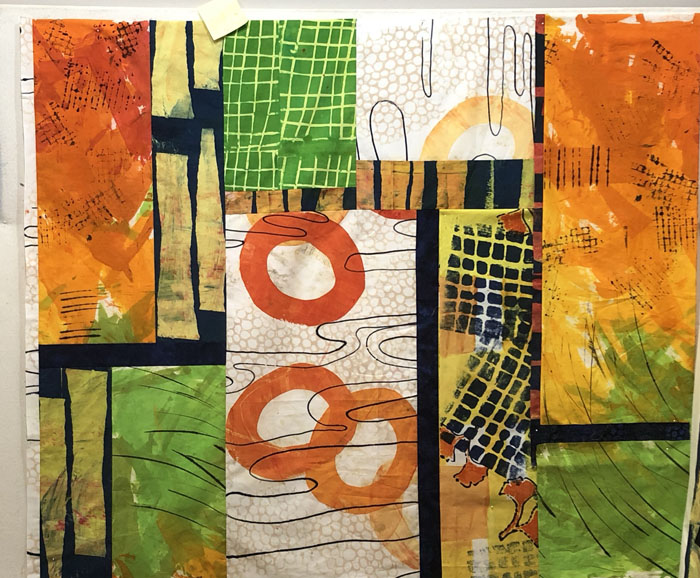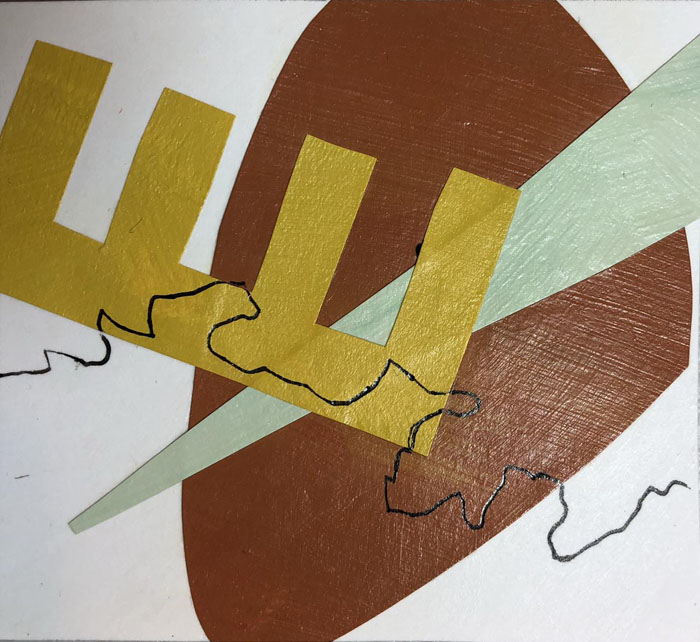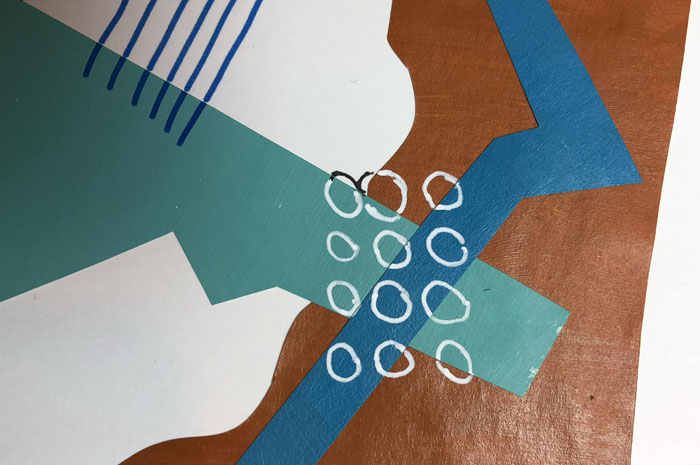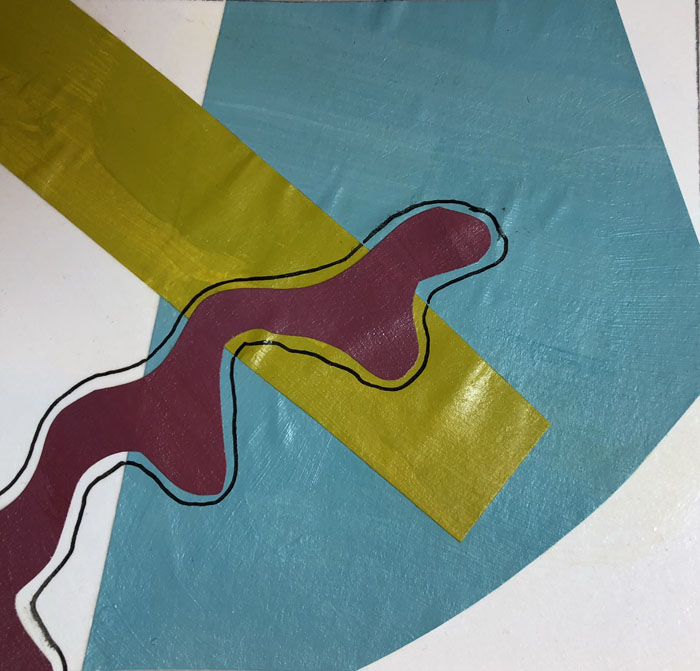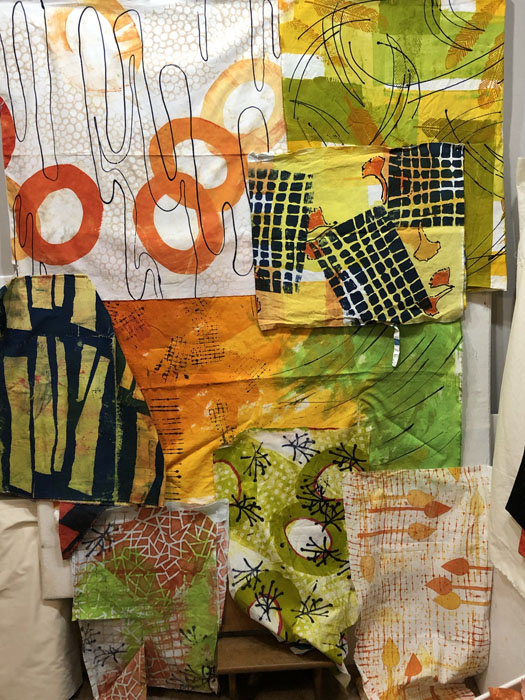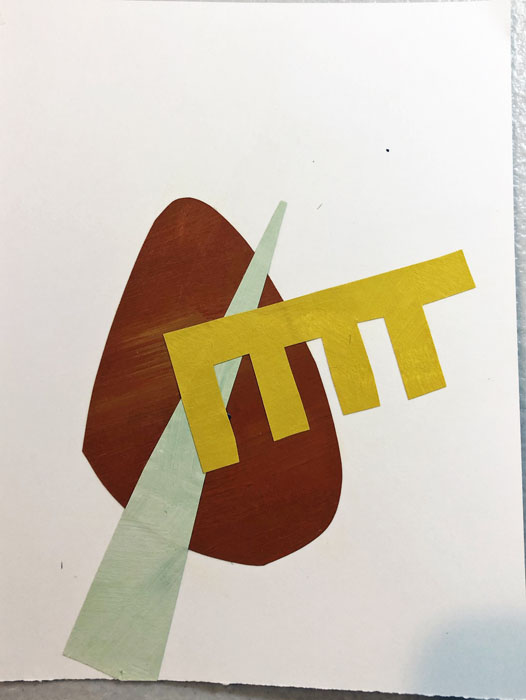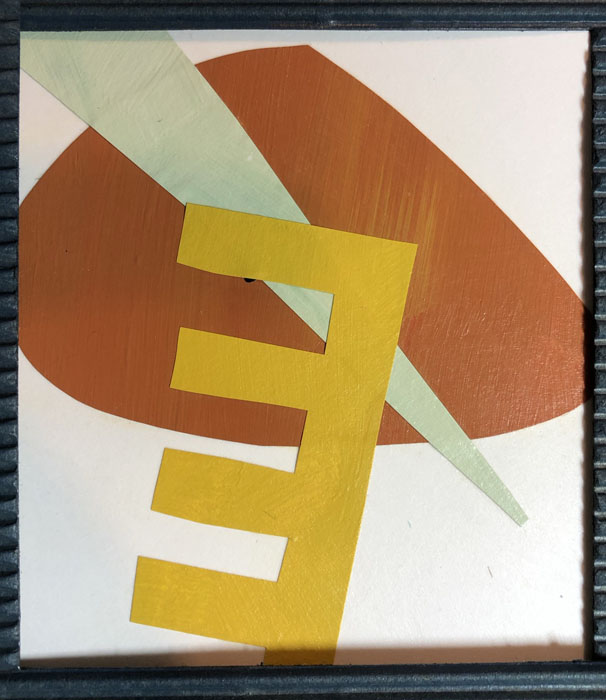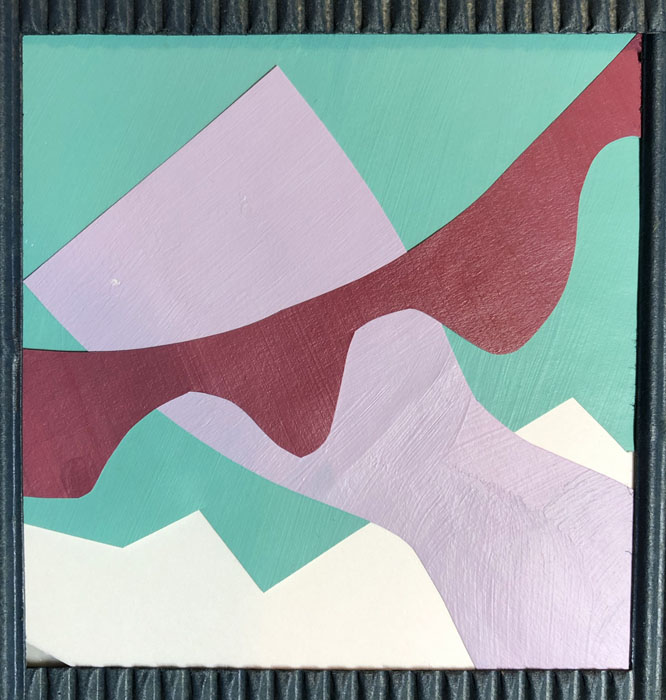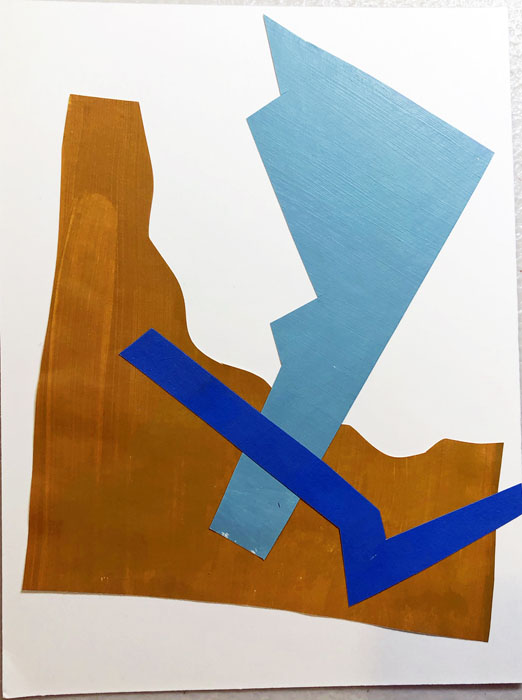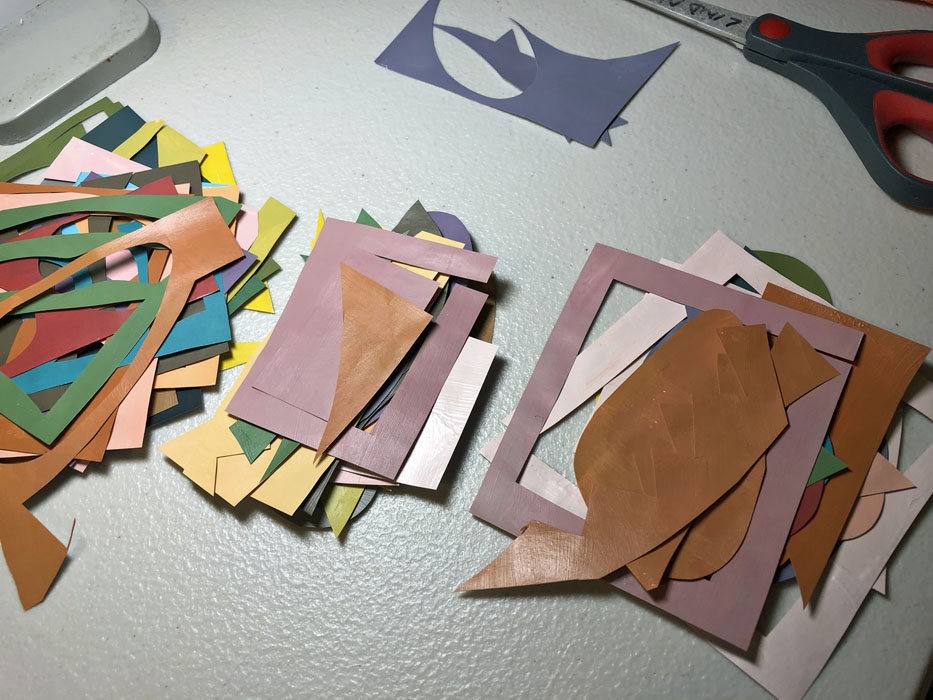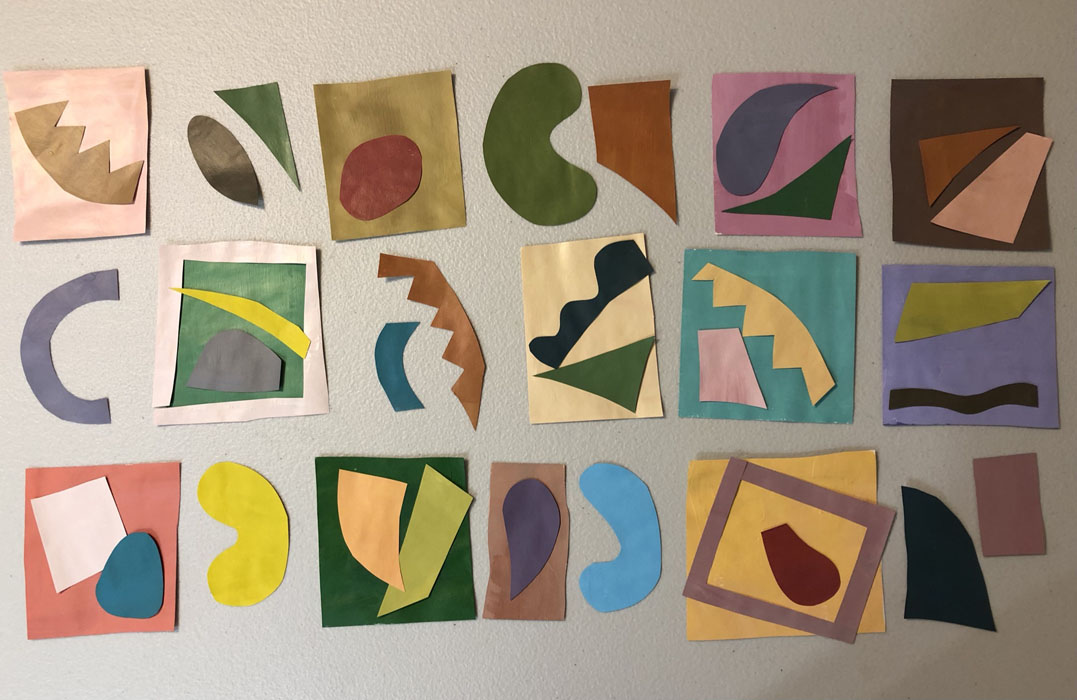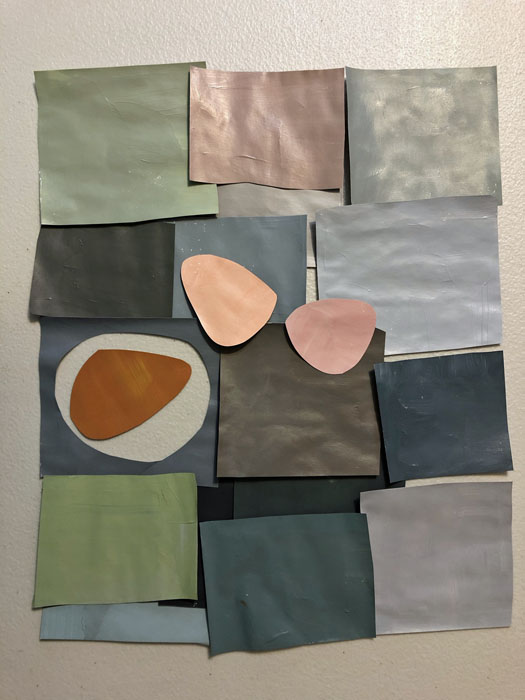I’ve been having fun making units for my current quilt. It features the colors of red and yellow beets, represented by wonky circles. Follow along with my quilt design decisions.
This was an early start.
Initially, I made all the circles very imperfect.
But, as I began to play with composition I began to question this decision. The yellow parts showed up SO MUCH, and I wasn’t sure I liked the off-kilter look.
Like this:
So, I did some experimenting, leaving the interior of the circles wonky, but aligning the outer yellow rings more accurately. Like this.
I think it’s an improvement (even though the color of this photo is off.)
Next, comes composition. Some questions I’m tossing around:
– Is the composition tight enough? Do I need to bring things more to center?
– Should they overlap more? (My working title is “Beet Salad,” so I’m thinking yes.)
– Do I need more circles?
– Do the circles show up well enough? Will I need to add yellow rims to some of them?
I’m moving ahead with this and happy with my progress.
Ellen Lindner

